Erik in NJ
Silver Member
- Oct 4, 2010
- 4,037
- 3,043
- 🥇 Banner finds
- 1
- Detector(s) used
- Minelab Explorer SE Pro & CTX-3030
- Primary Interest:
- Metal Detecting
I found this at approx 12" - 14" in South Jersey while hunting with NJLargeCent and GrantHansen. It was in a large field across the street from a church. This was one of the very few old relics that was found in this field. Any ideas on what it might have been used for?
It weighs 1-1/2 to 2 lb. and is 3-1/2" long (incl. hinge), 1-1/2" tall, and 3" wide. Features a 12-petal floral design on top.
N.B. that the third photo depicts the item from the bottom.
Thanks for any insight!
It weighs 1-1/2 to 2 lb. and is 3-1/2" long (incl. hinge), 1-1/2" tall, and 3" wide. Features a 12-petal floral design on top.
N.B. that the third photo depicts the item from the bottom.
Thanks for any insight!
Amazon Forum Fav 👍
Attachments
Last edited:


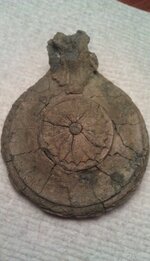
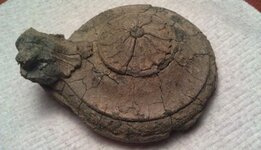
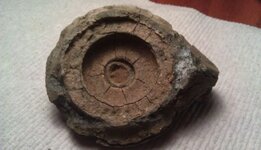
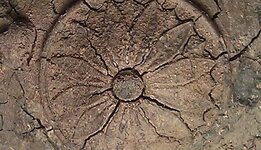
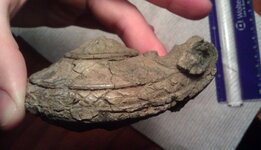

 I'm not 100% sure that it's pewter, but from what I've seen pewter starts crack and crumble to an extent after being in the ground for a long time. There was no white patina on this piece so I felt pretty sure it was pewter. It's quite old looking and a pretty piece. Any ideas ??
I'm not 100% sure that it's pewter, but from what I've seen pewter starts crack and crumble to an extent after being in the ground for a long time. There was no white patina on this piece so I felt pretty sure it was pewter. It's quite old looking and a pretty piece. Any ideas ??





